Five things we learned from Milan-San Remo
It was a slow burner, but with an exciting finale
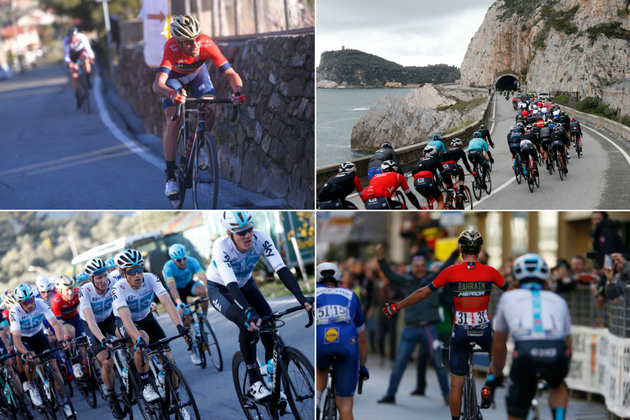
Milan-San Remo is a great race
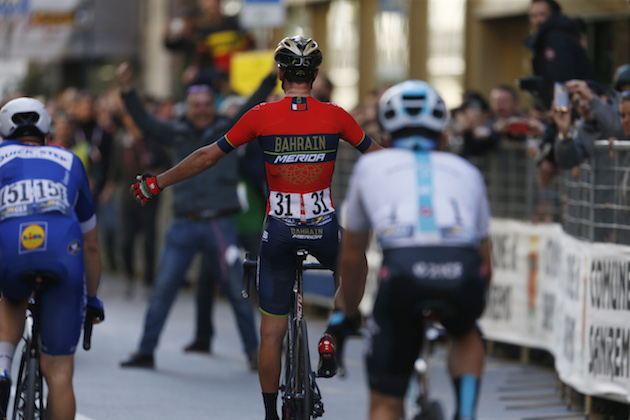
Every year we spend the first few hours of Milan-San Remo scratching our heads trying remember why it was we were looking forward to the race so much. And every year we’re reminded of why via a breathless finale, that renders all the previous kilometres of non-action forgotten, and in their place the memory of an impossibly exciting finish.
This year was no exception, with Vincenzo Nibali (Bahrain-Merida) becoming the first rider to win Milan-San Remo from a solo attack since Fabian Cancellara in 2008.
Going over the top of the Poggio with a lead of around 10 seconds, the race was perfectly in the balance. Would Nibali’s daredevil descending give him the advantage? Or would the numerical advantage held by the sprinters and their domestiques be enough to catch him?
>>> Vincenzo Nibali wins Milan-San Remo with heroic solo attack on the Poggio
It went down to the wire, with both eventualities remaining possible until the moment the Italian looked over his shoulder, turned forward again with a smile, and lifted his arms aloft in victory just as the bunch bore down on him.
It’s easy to forget that, prior to Nibali’s attack, it had been a particularly sleepy edition of Milan-San Remo, with a headwind contributing to the rare instance of the Cipressa ascent without a single attack.
The latest race content, interviews, features, reviews and expert buying guides, direct to your inbox!
But all that inactivity was made up for in a finish that was thrilling even by the standards of a race that regularly throws up such excitement.
Vincenzo Nibali is even better than we thought
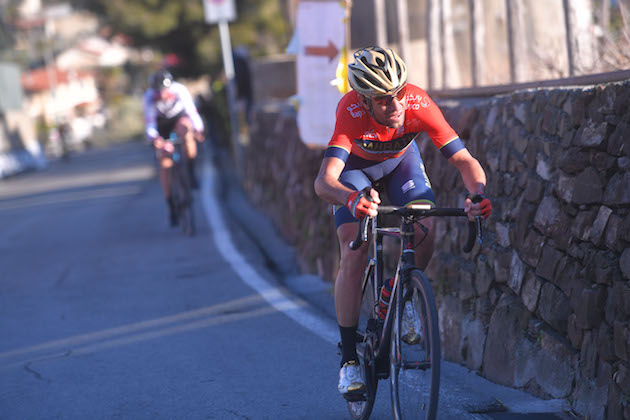
There was a feeling during the 2016 Giro d’Italia, when he was languishing on GC having also fallen under expectations at his previous two Grand Tours, that Nibali’s best years were behind him.
He went on to somehow win that race, triumph at Il Lombardia the following year, and now add Milan-San Remo to his palmarès, in what has been an astonishing late-career resurgence.
We’ve always known the Italian to be one of this generation’s great Grand Tour riders, but today’s victory means he now has three Monuments to his name - just one short of his career tally of four Grand Tour victories.
That he won so in the attacking manner that he did, and the fact that the becomes the first home winner since Filippo Pozzato in 2006, made the win especially special.
Perhaps it’s time to reassess Nibali as one of the great classics riders of his generation?
Caleb Ewan will win this race one day
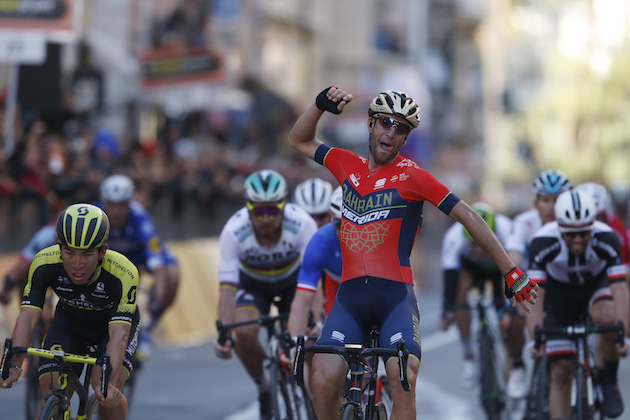
In hindsight, the day’s runner-up Caleb Ewan (Mitchelton-Scott) was seriously underestimated as a potential winner.
The Australian’s pure speed in a sprint has never been in doubt, but the consensus seemed to be that the extra demands of Milan-San Remo - specifically its length and the climbing in the finale - would be too much for his young legs to handle.
He had gained experience on his race debut last year, surviving the Poggio but only having the legs left to sprint for tenth.
This year, however, he was the freshest in the bunch come the finish line, bursting out of the bunch with a turn of speed that was enough to comfortably win the sprint.
Unfortunately for him, the bunch had been unable to catch Nibali, so his stellar ride was only rewarded with a second-place finish. But the signs are that the 23-year old has everything in his armoury to win this race one day.
Peter Sagan misses out again
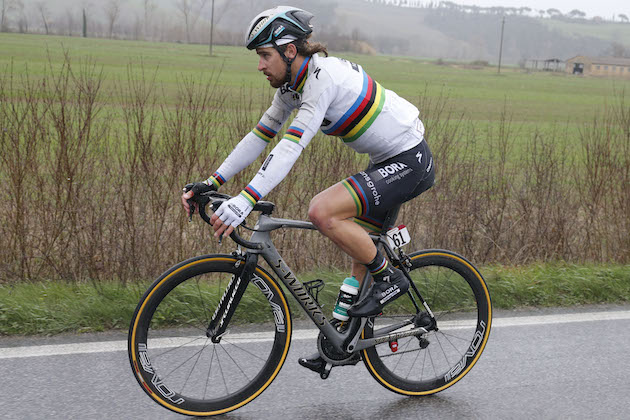
Once again, Milan-San Remo ends in disappointment for Peter Sagan, who had to settle for sixth place.
The world champion had embraced his role as favourite by having his Bora-Hansgrohe do plenty of work at the front of the bunch, but their plan seemed to go awry on the Poggio when Marcus Burghardt took to the front only to find that he had - presumably inadvertently - left the whole peloton behind.
The German pressed on with the move, but all he succeeded in doing was burning himself out, leaving Bora-Hansgrohe with one less rider to over the attacks from Jempy Drucker (BMC Racing), Krists Neilands (Israel Cycling Academy), and, eventually, Nibali.
Sagan did have his super-domestique Daniel Oss to pace him for some of the subsequent chase, but footage of the world champion at the front of the bunch looking around for support indicated that he had been isolated.
In the sprint itself it was Groupama-FDJ who were most organised, setting their leader Arnaud Démare up for third place, while Sagan also languished behind Alexander Kristoff (UAE Team Emirates) and Jürgen Roelandts (BMC Racing) to finish sixth.
Mark Cavendish goes down in a horrible crash
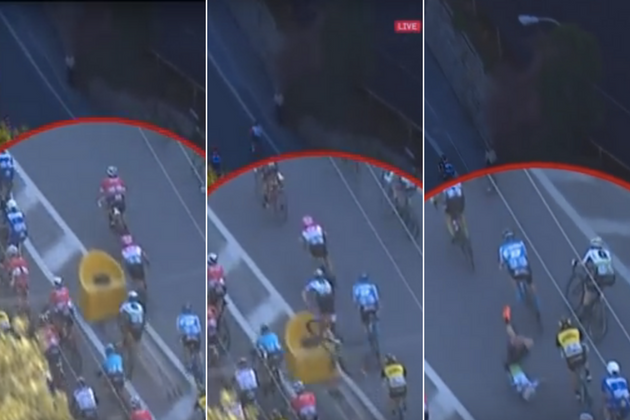
Although the race was generally incident free prior to all the Poggio excitement, there was one horrible moment in the run-in to that climb when Mark Cavendish went over his handlebars on a piece of road furniture.
It continues what has been an early season full of frustration and misfortune for Cavendish, who has now crashed out in each of his last three days of racing.
The 2009 winner only been an outside bet for victory heading into the race, but had nevertheless kept himself in contention by remaining in the front group going into the key part of the race.
The crash caused tremors throughout the bunch, with contender Philippe Gilbert (Quick-Step Floors) also caught up,
Who knows what Cavendish would have been capable of had he not fallen, but we should be grateful that he escaped any serious injuries in the crash.
Stephen Puddicombe is a freelance journalist for Cycling Weekly, who regularly contributes to our World Tour racing coverage with race reports, news stories, interviews and features. Outside of cycling, he also enjoys writing about film and TV - but you won't find much of that content embedded into his CW articles.